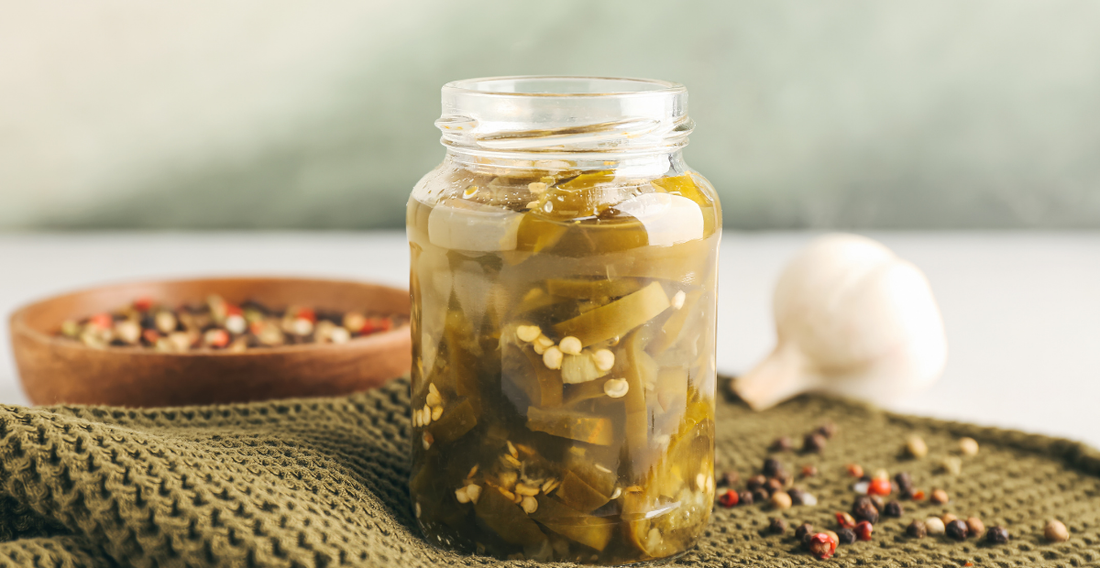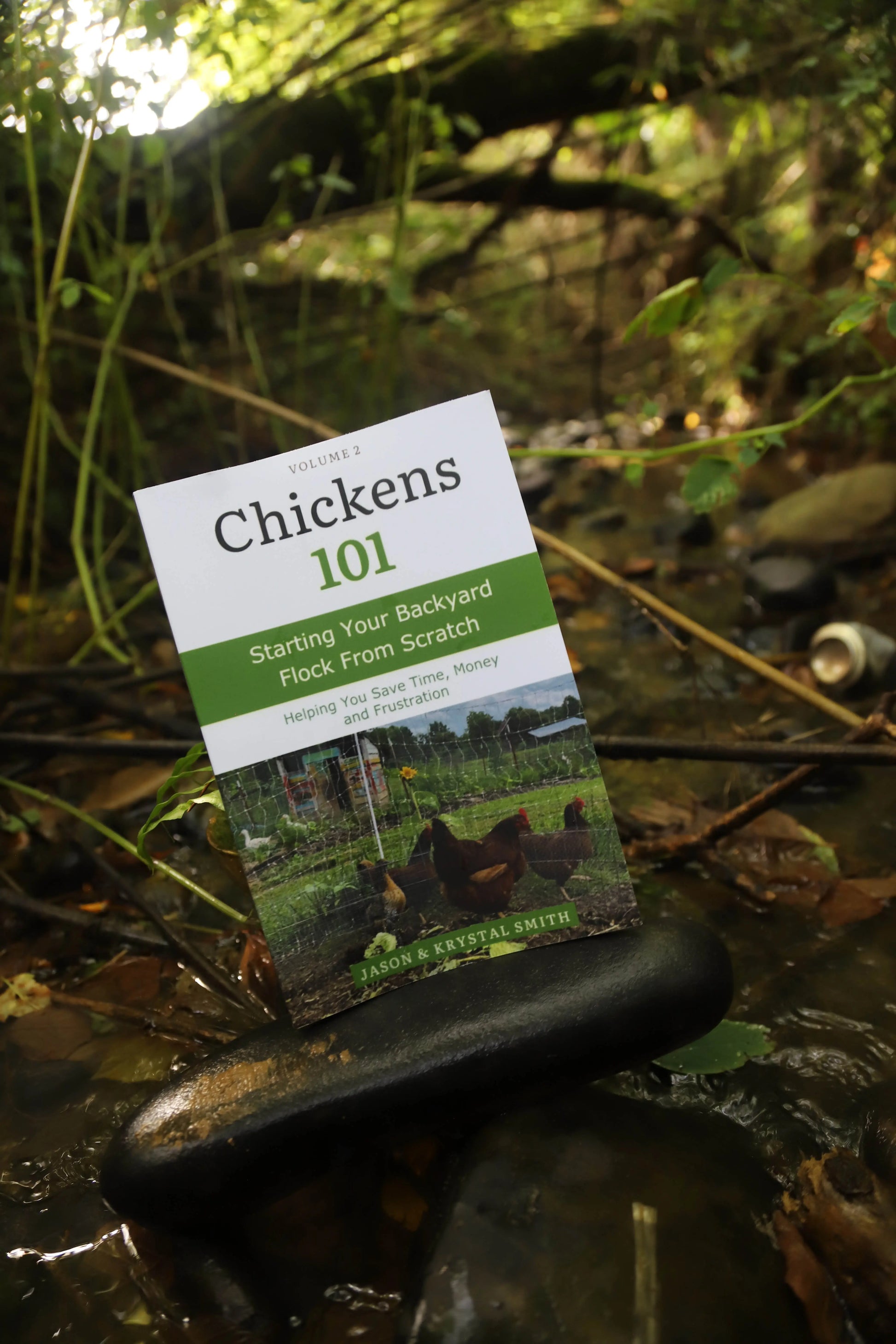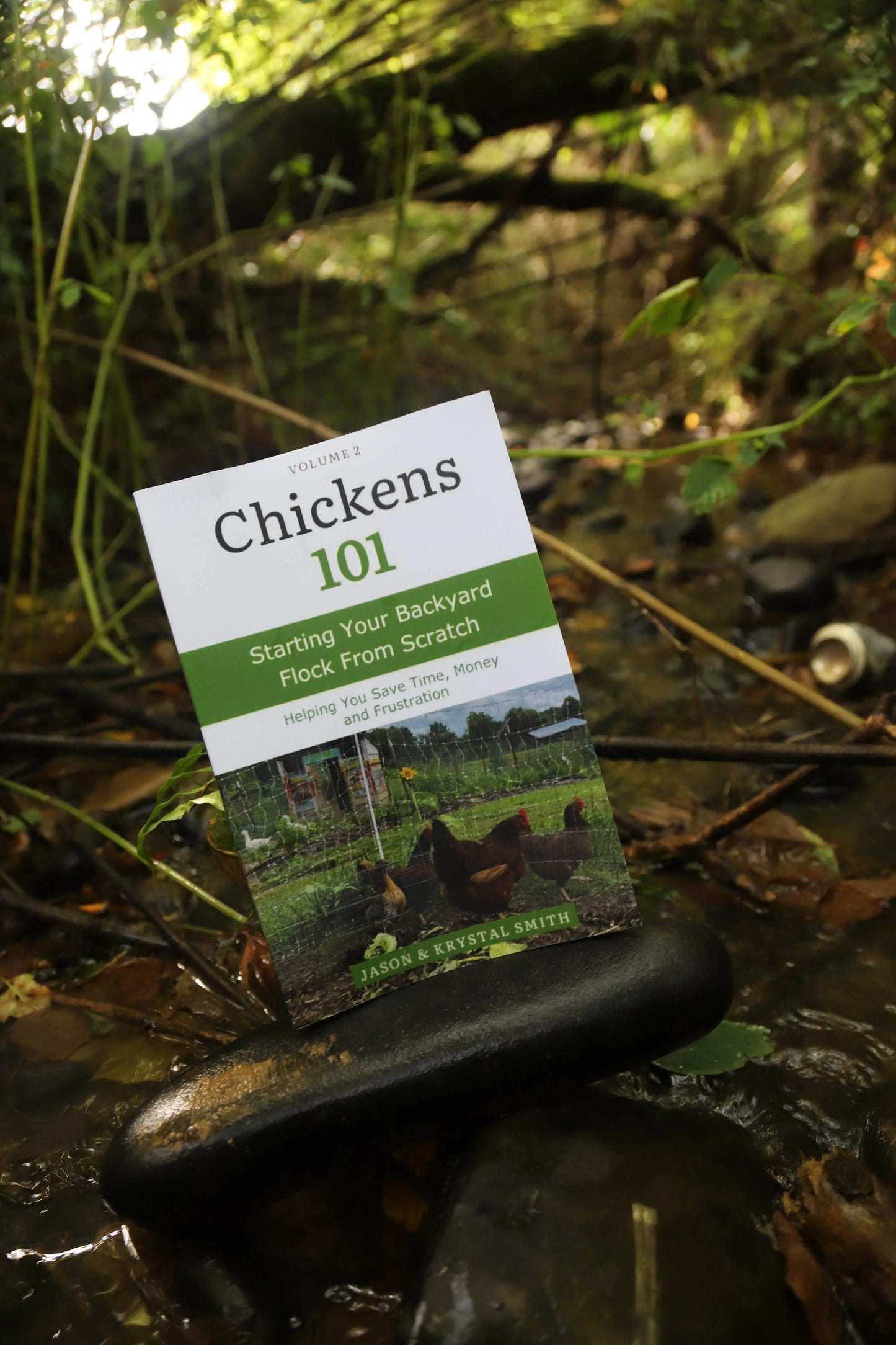
How to Ferment Jalapeños for Beginners: A Step-by-Step Guide to Tangy, Spicy Perfection
Share

Make flavorful, gut-friendly fermented jalapeños at home with nothing more than salt, water, and time.
Introduction & What Fermentation Is
My Fermentation Journey
My first attempt at fermentation was a jar of beets mixed with apples and caraway seeds. The result? Mushy, far too salty, and—much to my surprise—no one in my family even liked caraway seeds. So why did I use them? Honestly, I didn’t have much confidence in my kitchen back then. I thought recipes were rules, not guides, and it never occurred to me that I could make changes to suit my taste.
Not one to give up, I tried again. New ingredients, same problem—too salty. The flavor combinations just didn’t work for my family, and each batch left me wondering what I was doing wrong. Then I read about how easy and nutritious sauerkraut was, so I decided to give it a shot. And, you guessed it—it came out too salty again.
For years, I thought fermentation just wasn’t for me. But then I discovered the secret that changed everything: a 2% salt brine by weight. Once I started using that ratio, everything clicked. My vegetables stayed crisp, the flavors balanced beautifully, and suddenly fermentation went from frustrating to fun.
That’s when the world of fermentation truly opened up—and I’ve been hooked ever since.
Now Let’s Talk About How You Can Do the Same
If you’ve ever been intimidated by fermentation (or had a few failed jars along the way), don’t worry—you’re not alone. The good news? Once you understand the basic science and ratios, it becomes one of the easiest, most rewarding skills in the kitchen.
Let’s start with one of my favorites: fermenting jalapeños. But first let's learn just a bit about fermentation and its benefits.
What is Fermentation

Fermentation is a natural preservation method where beneficial bacteria—primarily Lactobacillus—convert vegetable sugars into lactic acid. This lactic acid safely lowers the pH, creates that signature tang, and protects your food without vinegar or heat. Because the process is anaerobic (without oxygen), the key to success is simple: keep everything fully submerged in saltwater brine.
Health Benefits in a Nutshell
- Supports gut health: Live cultures help maintain a balanced microbiome and smoother digestion.
- Nutrient availability: Fermentation can increase the bioavailability of certain vitamins and minerals.
- Immune support: A healthy gut is closely tied to immune resilience.
- Clean flavor-building: Complex, savory-tangy notes develop naturally—no additives needed.
Now Let's Ferment some Jalapeños
Supplies You’ll Need
- Jalapeños: Fresh, firm, green or red.
- Salt: Non-iodized (sea or kosher).
- Water: Filtered or dechlorinated.
- Optional add-ins: Garlic, onion, oregano, bay leaf.
- Jar: 1-quart (1 L) glass jar with lid; airlock optional.
- Weight: Glass/ceramic ferment weight or a sandwich bag filled with filtered water.
- Tools: Cutting board, knife, measuring spoons, clean towel.
Preparing the Jalapeños
- Wash peppers thoroughly; remove blemishes.
- Slice into rings or halves. If leaving whole, score each pepper so brine penetrates.
- For milder heat, remove seeds and membranes.
- Safety tip: Wear gloves—capsaicin can irritate skin and eyes.
Making the Brine (2% Salinity)
Ratio: 4 teaspoons fine sea/kosher salt per 2 cups (475 ml) water. Stir until fully dissolved.
Why 2%? It’s a sweet spot that discourages unwanted microbes while letting lactic-acid bacteria flourish, producing crisp, tangy peppers.
Packing the Jar
- Pack jalapeños into the jar, layering optional garlic/herbs.
- Pour brine until peppers are fully submerged, leaving ~1 inch (2–3 cm) headspace.
- Place your weight on top to keep everything below the brine line. This step is crucial to keeping mold out of your jars.
Fermentation Process (5–14 Days)

- Cover with a loose lid or airlock to allow CO₂ to escape. You can even use a paper towel and a canning ring if needed.
- Ferment at 65–75°F (18–24°C), away from direct sun.
- Look for bubbles, gentle cloudiness, and a pleasant, sour-savory aroma.
- Check daily that peppers remain submerged; top up with 2% brine if needed.
Taste Testing & Adjusting
Begin tasting on day 5. You’re aiming for spicy heat with a clean, tangy finish and slight softening. Prefer more sour? Keep going and taste daily.
Storing Your Fermented Jalapeños
When flavors are where you want them, seal and refrigerate. Cold temperatures slow fermentation so your peppers keep for several months. Use the brine as a zingy splash in dressings or marinades or to help jump start your next batch!
Troubleshooting Common Issues
- Cloudy brine: Normal sign of active fermentation.
- White film (Kahm yeast): Harmless—skim off; keep peppers submerged.
- Fuzzy or colored mold: Discard and start fresh (oxygen likely reached produce).
- No bubbles: Cooler rooms ferment slower; give it more time.
Tips for Beginners
- Use non-iodized salt and filtered water for consistent results.
- Submersion is everything—weight your peppers.
- Keep notes on room temp, days, and flavor; every kitchen is unique.
- Try add-ins slowly—garlic, onion, or oregano are great starters.

Quick Recipe Card
Click here for a printable recipe card.

Love Simple, Real Food Skills?
At In Harmony Farms, we keep homesteading skills approachable and practical—no overwhelm. Explore more guides, naturally-crafted body care, and farm-fresh tips on our site.



